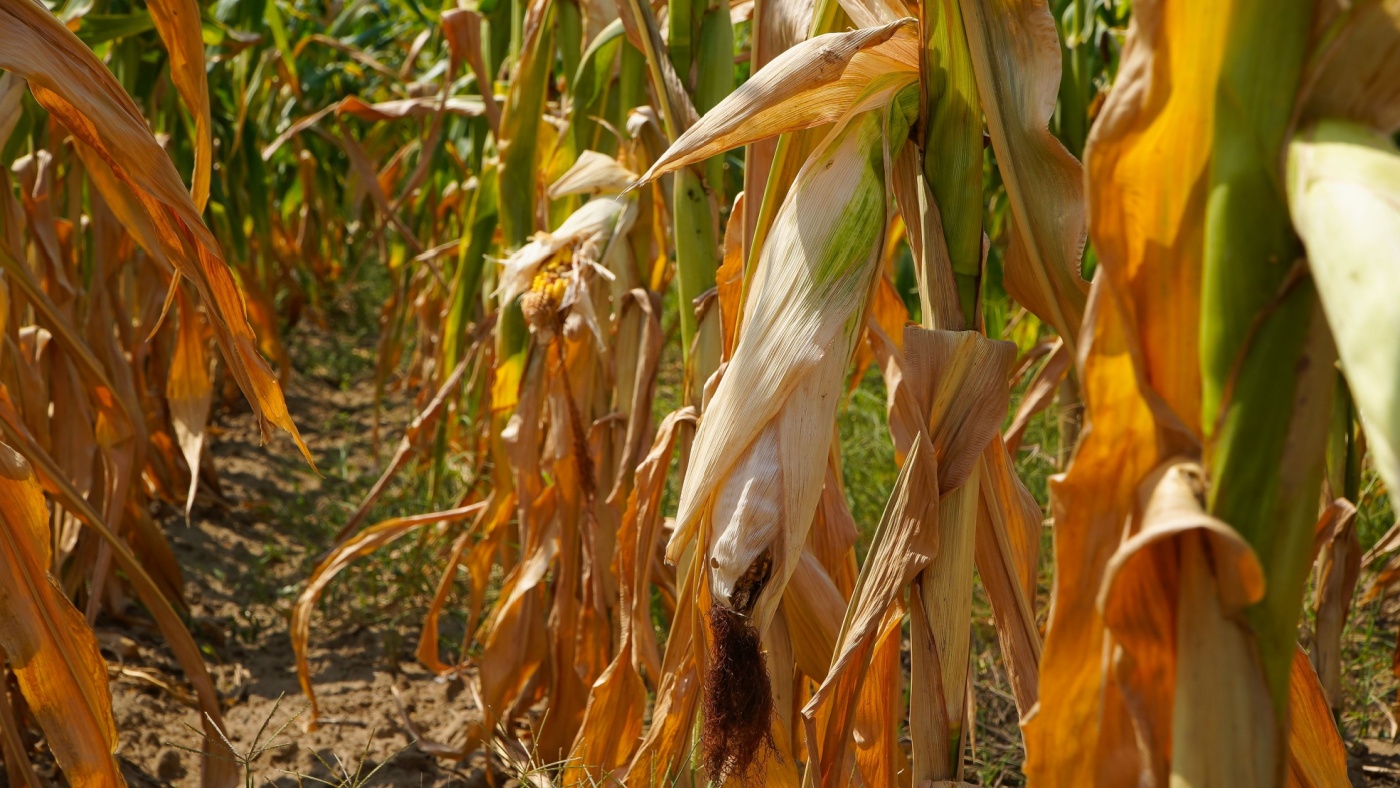North and South Carolina are still feeling the effects of June’s flash drought. Recent rains have alleviated the effect for many crops, although the corn yield in many places has been decimated. Bob Etheridge is the executive director for the Farm Service Agency in North Carolina, and tells SFN’s Chris Edwards he doesn’t remember seeing a drought as expansive as this one.
“We went through a period of 18 to 20 days of temperatures 90 degrees above, and some days 100 with no rain at the peak growing season, and it was just devastating to farmers all across North Carolina. I can’t even remember when every county in North Carolina, in one way or another, was considered in some form of drought from Cherokee all the way out to Dare County.”
Etheridge says some growers will qualify for federal crop insurance.
“In some cases, if they hit a D3 (on the Drought Monitor) then the Livestock Indemnity Program kicks in. That is more for livestock, all kinds of animals, for feed, but for row crops, all they have is insurance for us, if you have a corn crop, on average, it cost you somewhere between 505 $150 per acre to grow an acre of corn. And of course, you got it insured with the federal RMA.”
But that Risk Management Agency insurance doesn’t cover everything.
“Federal insurance on crops is not like the insurance you have on your car or your home, where if you lose your car, you’ll get what that car is worth. Same thing with your home. That is not true. With crops, you only get a certain percentage of it, which means you’ve already had a big loss, and that is devastating in the agricultural community, and thus far, there are no additional funds to close that gap.”
Etheridge served in Congress from 1997 to 2011 and on the House Ag Committee. He says America needs a new farm bill.
“Right now, we do not yet have it. Congress has just a few days. I am hopeful we’ll get one by the end of the year. The new year starts October 1. I must confess, I am not optimistic that we’ll have one October 1. I think it will be a continuation of the old farm bill. And we really need a new farmers need a new farm bill. The consumer needs a new farm bill.”
The American Farm Bureau forecasts per acre losses of $99 for corn, $43 for soybeans this year.


